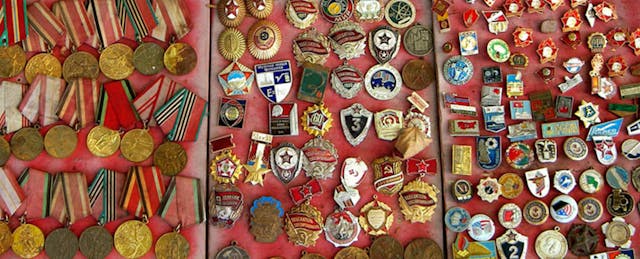More than a decade ago, Linda Darling-Hammond and her colleagues revealed that most professional learning experiences in the U.S. are not adequately preparing teachers to make much-needed changes in their classrooms. And yet, the traditional method of professional development has remained largely unchanged and often relies on short, one-size-fits-all workshops without ongoing and job-embedded aspects that support the impact in the classroom.
To answer the call, one option that’s popped up are MOOC-Ed courses—self-directed, peer-supported, project-based courses, that allow for rich blended learning engagements.
A few years ago, the Friday Institute for Educational Innovation at North Carolina State University began developing MOOCs for educators (MOOC-Ed) in order to provide personalized professional development opportunities for district, school, and classroom leaders. But as we progressed, we realized that course design was necessary, so that we could better meet the needs of educators around the country who desire to reimagine their classrooms and practice. In 2015, through a partnership with Digital Promise and the Oak Foundation, we introduced micro-credentials into the framework of our Learning Differences MOOC-Ed course.
Micro-credentials can personalize professional learning to meet teachers’ individual needs, and allow them to quickly take what they learn and apply it to their classrooms. This new wave of personalized, competency-based professional development provides a way for teachers to earn recognition for the skills they acquire through formal and informal learning opportunities.
But as many educators know, not all initiatives work perfectly the first time. A review of our initial implementation of micro-credentials into MOOC-Ed courses has highlighted seven insights we have shared through a new report. Let’s take a dive in.
Lesson #1: Teachers who earn micro-credentials want to earn more of them.
Teachers who earn micro-credentials do want to earn more of them—97 percent of post-course survey respondents indicated that they wanted to pursue another micro-credential in the future.
Lesson #2: Micro-credentials should not have a one-size-fits-all approach.
As with any instructional design, there is no silver bullet approach to making great micro-credentials. As we begin to get deeper into developing more of them, the content must be an important factor in the design and structure of the micro-credentials. As the Friday Institute team began taking the experience from the Learning Differences MOOC-Ed micro-credentials and applying it to other contexts, we realized that taking the framework from one model and dropping it untouched into another course would not work. So, our advice: don’t assume that one model always fits your user.
Lesson #3: Micro-credentials encourage teachers to apply skills to classroom practice.
Micro-credentials enable professional learning providers to see the connections teachers made to their own practice by asking teachers to submit artifacts that demonstrate how they have integrated the practice into their classrooms. These artifacts provide professional development providers with rich evidence of what teachers are doing in their own school environments.
Lesson #4: Micro-credentials scaffold teachers to engage at an increased level of rigor.
Professional development seldom asks teachers to think metacognitively or evaluatively. But micro-credentials can offer more structure, supporting learner reflections and asking educators to not only share what about the resources they found helpful, but also what made them effective. MOOC-Ed courses should provide teachers with many resources to enrich their understanding of the various constructs presented (working memory, executive function, and motivation).
Lesson #5: Teachers can demonstrate competency/mastery in a variety of ways.
When we designed our first set of micro-credentials, the team hoped that educators would take this opportunity to make the learning experience work for them. Unsurprisingly, educators’ implementations surpassed our expectations. They have submitted a wide variety of artifacts to demonstrate their knowledge and skill, including poems, pictures, moving personal reflections, and videos of their teaching practice.
Lesson #6: Instructional design and online platform matter—seriously.
In developing micro-credentials, it is important to consider how users will engage with them. During our soft launch in summer 2015, our online platform failed to make it easy to submit all of the necessary materials and to understand why the educator received or did not receive the micro-credential. In response to this initial user/learner experience, we have made several adjustments to our platform and found that educators felt much better supported.
Lesson #7: Some micro-credential practices are working—and some aren’t.
Our initial micro-credential pilot through the Learning Differences MOOC-Ed taught us much about successful design and implementation, while at the same time surfacing many new questions around user experience and portability/recognition. And this is just the beginning.
To further integrating micro-credentials into professional development for educators, we encourage further conducting of research around how earning micro-credentials impacts teachers’ practice; exploring micro-credentials for district and school leaders, with a focus on digital learning with industry partners; and identifying necessary levers and existing barriers for scaling the use of micro-credentials in continued learning opportunities for all educators. That’s what we plan on doing—and we hope you do, too.


